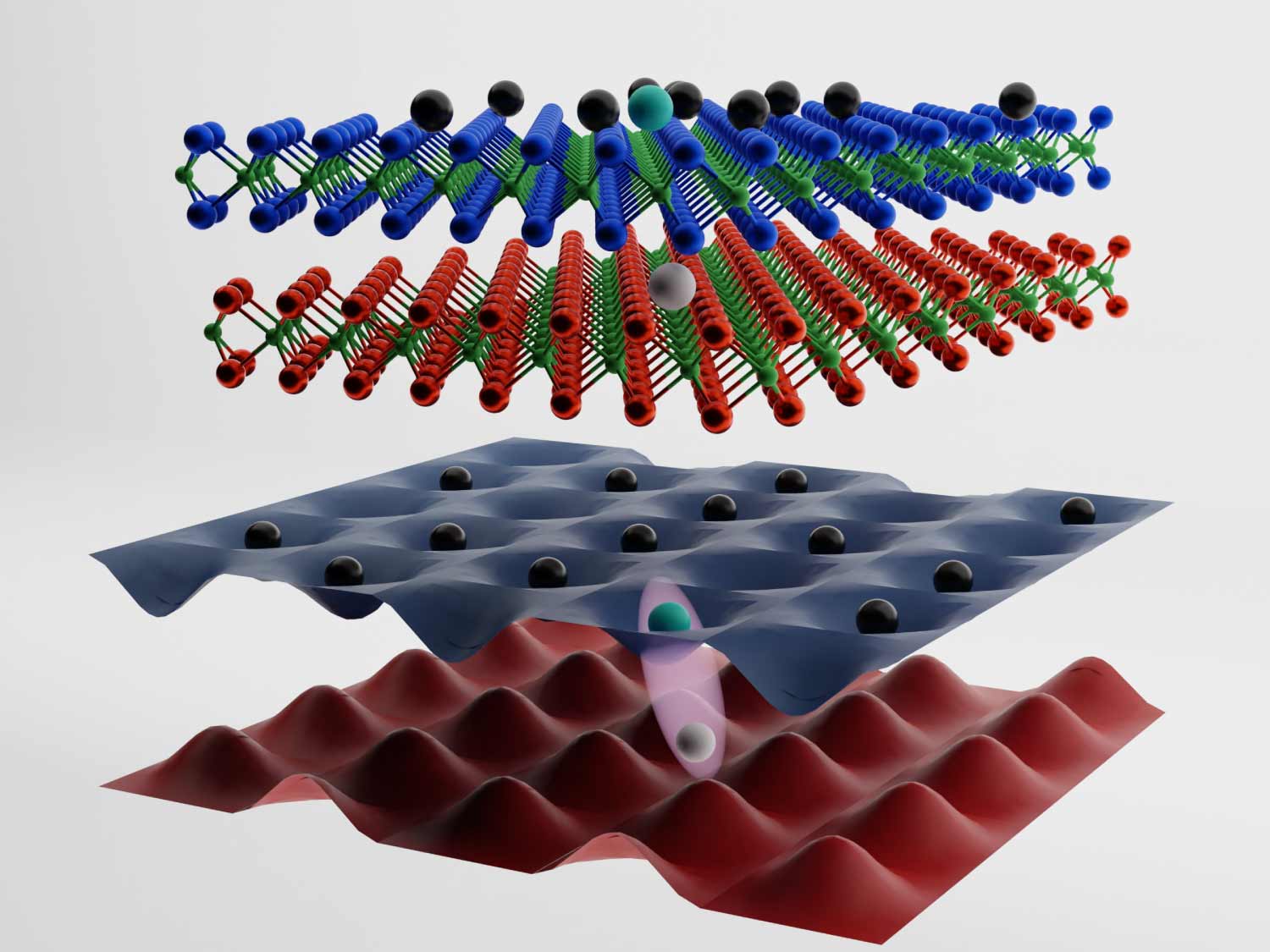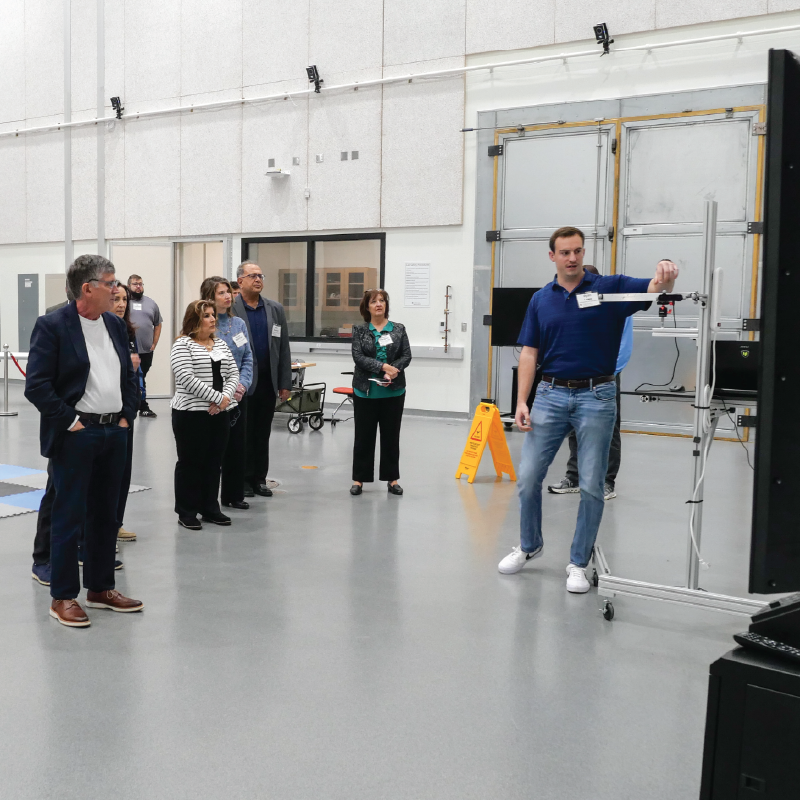News Story
Vishkin to Receive the ACM SPAA Parallel Computing Award

ECE Professor Uzi Vishkin has received the 2025 Association for Computing Machinery (ACM) Symposium on Parallelism in Algorithms and Architectures (SPAA)Parallel Computing Award. The citation for the award reads: a founder of PRAM algorithmic theory, Uzi Vishkin contributed the formative work-depth think-parallel framework, many fundamental parallel algorithms and the PRAM-on-chip system framework and its commitment to silicon.
The SPAA Parallel Computing Award is awarded annually to an individual recognized for a singular important result or for a career of accomplishments related to the SPAA community. As recipient of this year’s award, Vishkin will deliver a keynote address at the SPAA conference on July 29th in Portland, Oregon.
Professor Vishkin holds appointments with The University of Maryland Department of Electrical and Computer Engineering (ECE) and the University of Maryland Institute for Advanced Computer Studies (UMIACS) and Affiliate Appointments with the Artificial Intelligence Interdisciplinary Institute at Maryland (AIM) and the Department of Computer Science. In 2024, he was named a Fellow of the National Academy of Inventors (NAI). Vishkin is also Fellow of the Association for Computing Machinery (ACM).
Vishkin’s research in parallel computing and parallel computer architecture is internationally recognized. Along with his research team, he introduced a desktop supercomputer concept in 1997 known as XMT. This concept, known as PRAM-On-Chip, was inspired by the question of how to resolve parallel programming challenges with a unique approach of using the parallel algorithmic theory to guide the design of a computer system, both hardware and software. As early as 2007, his XMT hardware and software prototype computer included 64 parallel processors, allowing for more cost-effective programming for software developers due to the simplicity of programming.
Vishkin's 2005 inventions for integrating parallel processing accelerators into the CPU (central processing unit, known also as the processor, or the "brain of the computer") have led computer design to a new era. The best known example is CPUs coupled with iGPUs, manifested in well over a billion devices, such as desktop and laptop computers that have been built since the 2010s.
Published July 3, 2025









